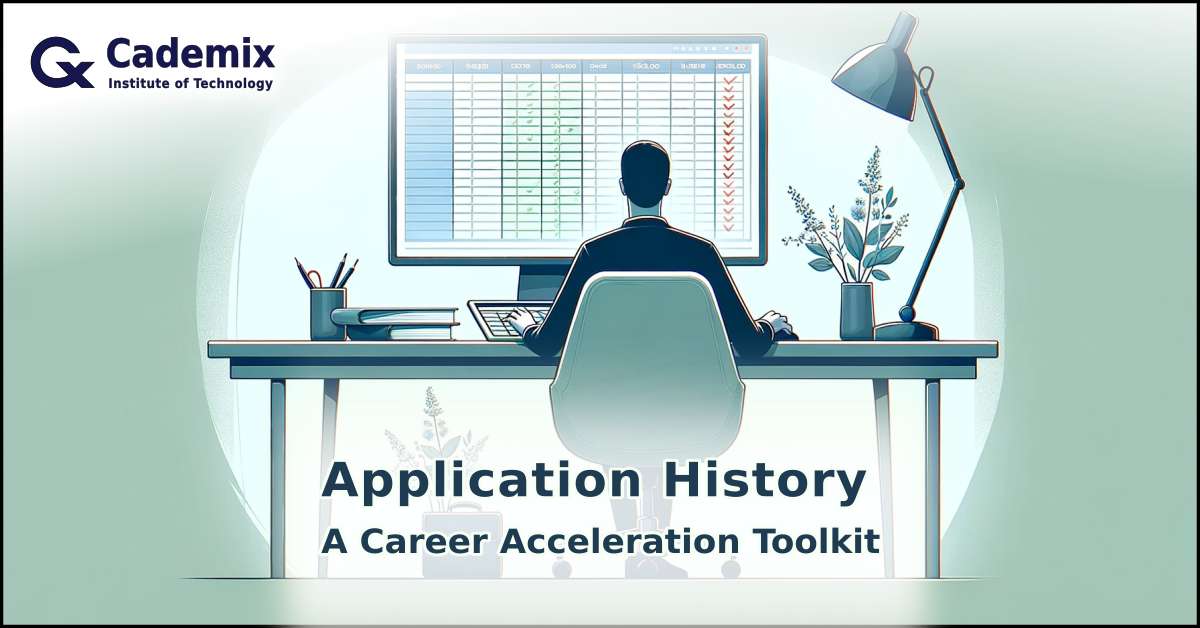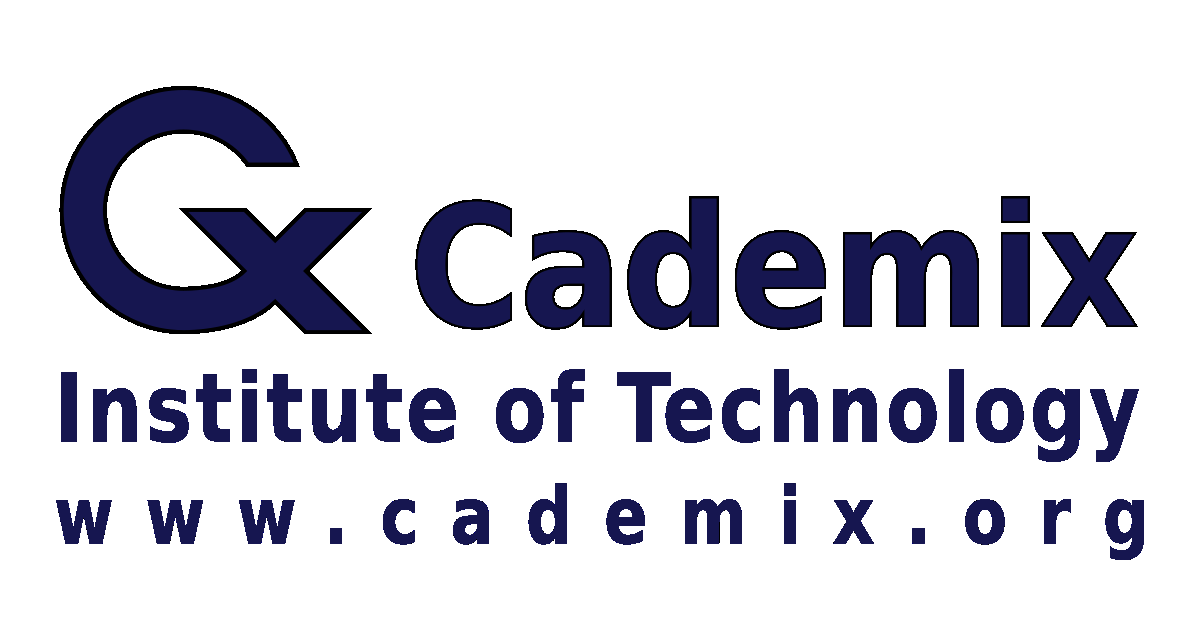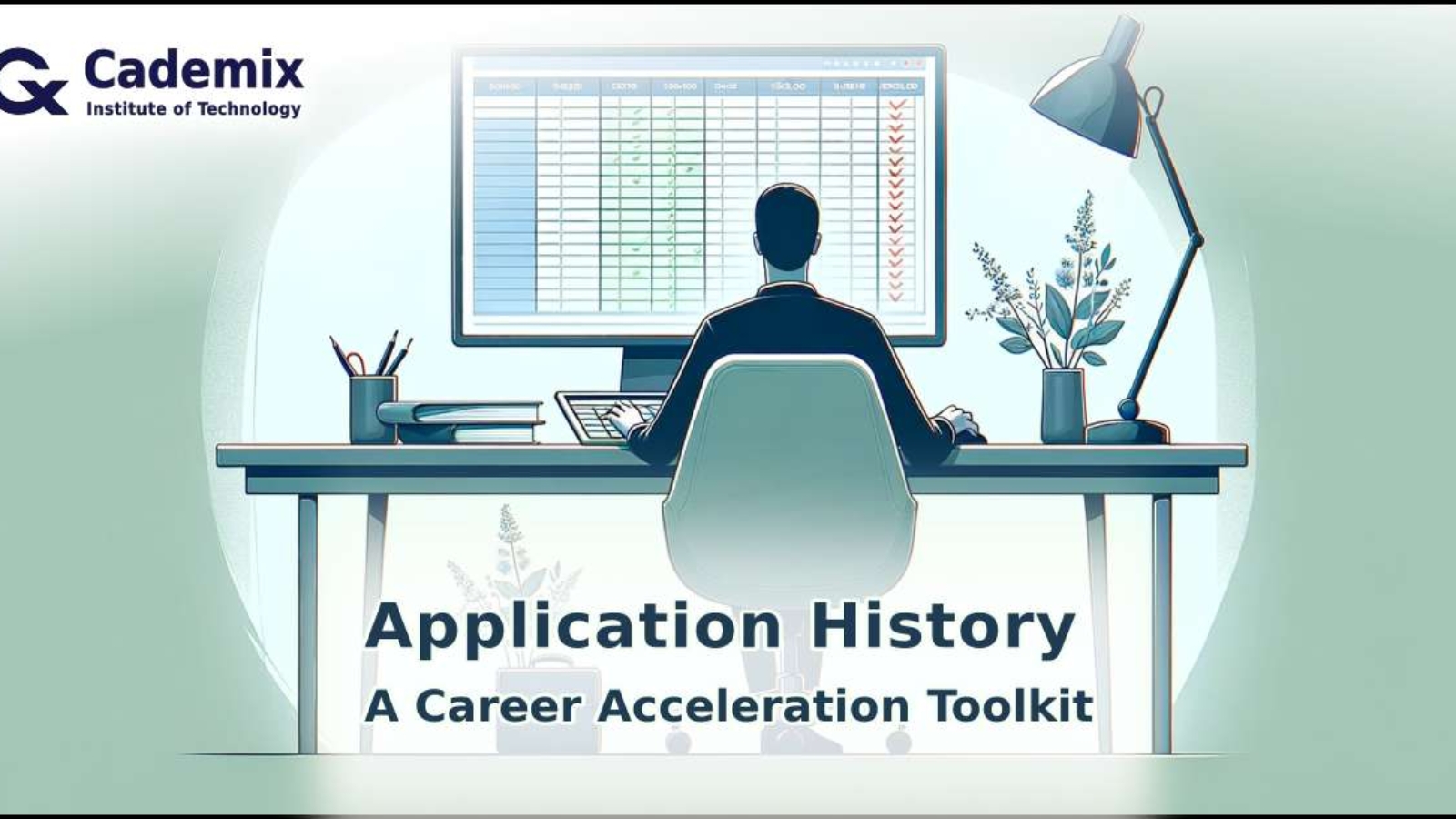In the dynamic landscape of career and academic advancement, the strategic organization of application processes is pivotal. “Application History: A Career Acceleration Toolkit” delves into the critical role of maintaining a structured application history, essential for individuals seeking to navigate the complexities of job and university applications effectively. This article outlines the methodology of the Career Acceleration Program’s application history tool, emphasizing its significance in tracking, organizing, and customizing applications. It explores how categorizing job applications, tailoring multiple CVs and cover letters, and incorporating ongoing updates and keyword optimization can substantially enhance application efficacy. Furthermore, the piece highlights the symbiotic relationship between program participants and mentors, facilitated by this tool, in strategizing for career success. This comprehensive guide serves as an invaluable resource for job seekers, academics, and startup founders, offering practical insights into optimizing their application journey for accelerated career growth.
Cademix Institute of Technology

Introduction
In today’s competitive landscape, whether in the professional realm or the academic sector, the journey to success is often as complex as it is challenging. Central to navigating this journey effectively is the organization and strategic management of application processes. This article aims to underscore the importance of a well-organized application approach, particularly in the contexts of career advancement and academic pursuits.
The Cademix Institute of Technology’s Career Acceleration Program stands at the forefront of this endeavor. Specifically designed to support job seekers, academics, and startup founders, the program emphasizes the critical role of structured application strategies. By combining expert mentorship with practical tools, the program aims to propel participants towards their desired goals, be it securing a coveted job position, gaining admission to a prestigious academic program, or successfully launching a startup.
The Role of Application History in Career Acceleration
At the heart of these efforts is the concept of an “Application History” – a systematic approach to tracking and organizing job and academic applications. Application history is not just a record; it’s a strategic tool that enables individuals to manage their applications efficiently and effectively. By keeping a detailed account of each application, including its current status, deadlines, and related documents, participants can ensure that no opportunity is missed or duplicated.
Key Features of the Application History Tool:
The Application History tool, integral to the Career Acceleration Program, is thoughtfully structured. It includes various elements such as:
- Job Categories: Allowing participants to sort applications based on the field or industry, tailoring their approach to each sector.
- Application Status: Tracking each application’s progress, from initial submission to final outcome.
- Deadlines: Ensuring timely submissions and follow-ups.
- CV and Cover Letter Versions: Facilitating the use of targeted documents for each application, enhancing relevance and impact.
Strategic Job Searching and Application Grouping
Regular and Targeted Job Searches:
Success in finding the right job or academic opportunity often hinges on a methodical and targeted search strategy. Participants of the Career Acceleration Program are encouraged to conduct regular searches on various platforms such as Google Jobs, Glassdoor, and Indeed, as well as local job agencies like the German and Austrian job agencies. This routine should be performed with a clear focus, using specific keywords that align with the participant’s skills, interests, and career aspirations.
Each search session aims to unearth potential opportunities that match the participant’s profile. The key is not just in finding a large number of opportunities but in identifying those that truly resonate with the participant’s career trajectory and personal goals.
Categorization and Grouping for Efficiency:
Once potential opportunities are identified, the next step is the efficient organization of these prospects. This is where categorization and grouping come into play. By sorting job opportunities into distinct categories, participants can create a more manageable and effective application process. For instance, one might categorize opportunities under ‘Laboratory Assistant’ and another under ‘Industrial Engineering Positions’.
This approach offers several advantages:
- Focused Applications: It allows participants to create a more focused and tailored application for each category.
- Efficiency in Application Submission: Grouping similar jobs together means participants can apply to multiple positions in a more streamlined manner.
- Strategic Planning: It enables participants to plan their applications strategically, prioritizing certain categories or tailoring their approach based on the specific demands of each job category.
Tailoring Application Documents
Multiple CV and Cover Letter Versions:
In line with the categorization strategy, the Career Acceleration Program advises participants to maintain multiple versions of their CVs and cover letters. Each version should be specifically tailored to the requirements and nuances of the different job categories. This customization is crucial in ensuring that the application stands out and speaks directly to the specific requirements of each job.
A laboratory assistant role, for instance, might demand a CV that highlights technical lab skills and research experience, while an industrial engineering position might require a different set of skills and experiences to be emphasized.
Dynamic Updating and Keyword Optimization:
A dynamic and continually evolving job market necessitates that CVs and cover letters are not static documents. They should be regularly updated to reflect new skills, experiences, or significant achievements like publishing an article or completing a notable project. Additionally, including job-specific keywords is essential for optimizing these documents for applicant tracking systems and ensuring they resonate with the recruiters and hiring managers.
Mentorship and Application Tracking
A distinctive feature of the Career Acceleration Program is the emphasis on mentorship. This mentorship plays a pivotal role in guiding participants through the intricate process of job and academic applications.
The Role of Mentors:
Mentors, with their wealth of experience and industry insights, are instrumental in shaping the application strategies of participants. They offer personalized advice, critique, and feedback, helping refine application documents, and suggesting improvements based on industry standards and expectations.
Application History as a Mentorship Tool:
The application history tool serves as a critical link between mentors and participants. Through this tool, mentors can track the progress of each application, offering targeted advice at every step of the process. This includes:
- Application Review: Analyzing the suitability of applications for specific job categories.
- Feedback on Documents: Providing insights on CVs and cover letters, ensuring they are optimized and tailored for each application.
- Strategic Guidance: Assisting in prioritizing applications based on deadlines, job market trends, and the participant’s career goals.
This mentor-participant collaboration, facilitated by the application history tool, ensures that every application sent out is strategic, well-considered, and has the best chance of success.
Conclusion
The Career Acceleration Program’s application history tool is more than just a means of tracking job and academic applications; it is a comprehensive strategy for career development and advancement. By carefully organizing applications, customizing documents, and utilizing mentorship effectively, participants can significantly enhance their chances of success in an increasingly competitive market.
We encourage potential program participants and others interested in career or academic pursuits to adopt these strategies. Organized application processes, strategic planning, and the support of experienced mentors are critical assets in the journey towards achieving professional and academic aspirations.

